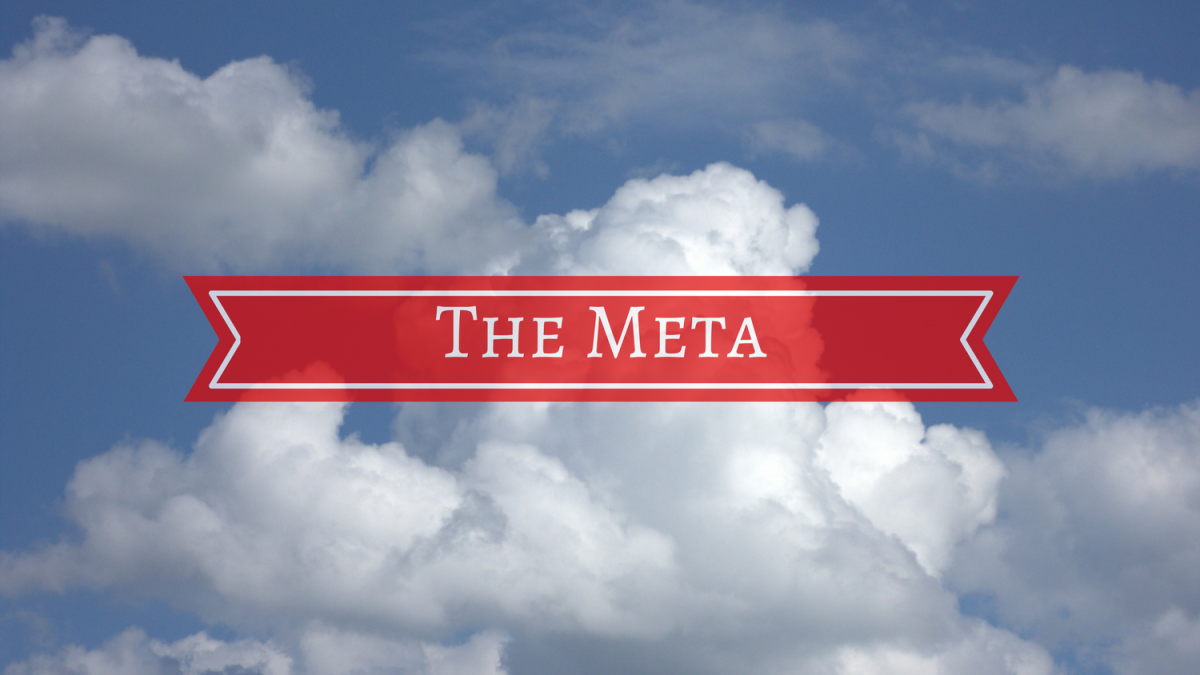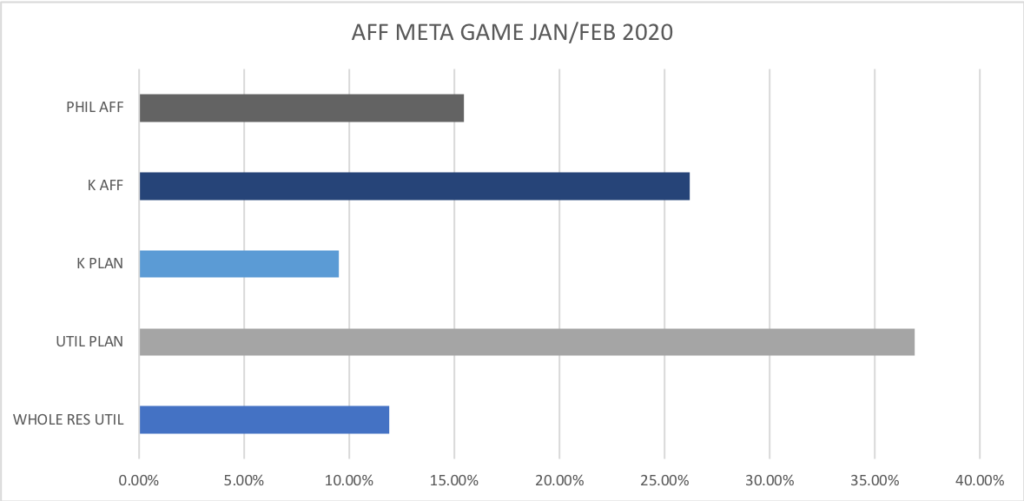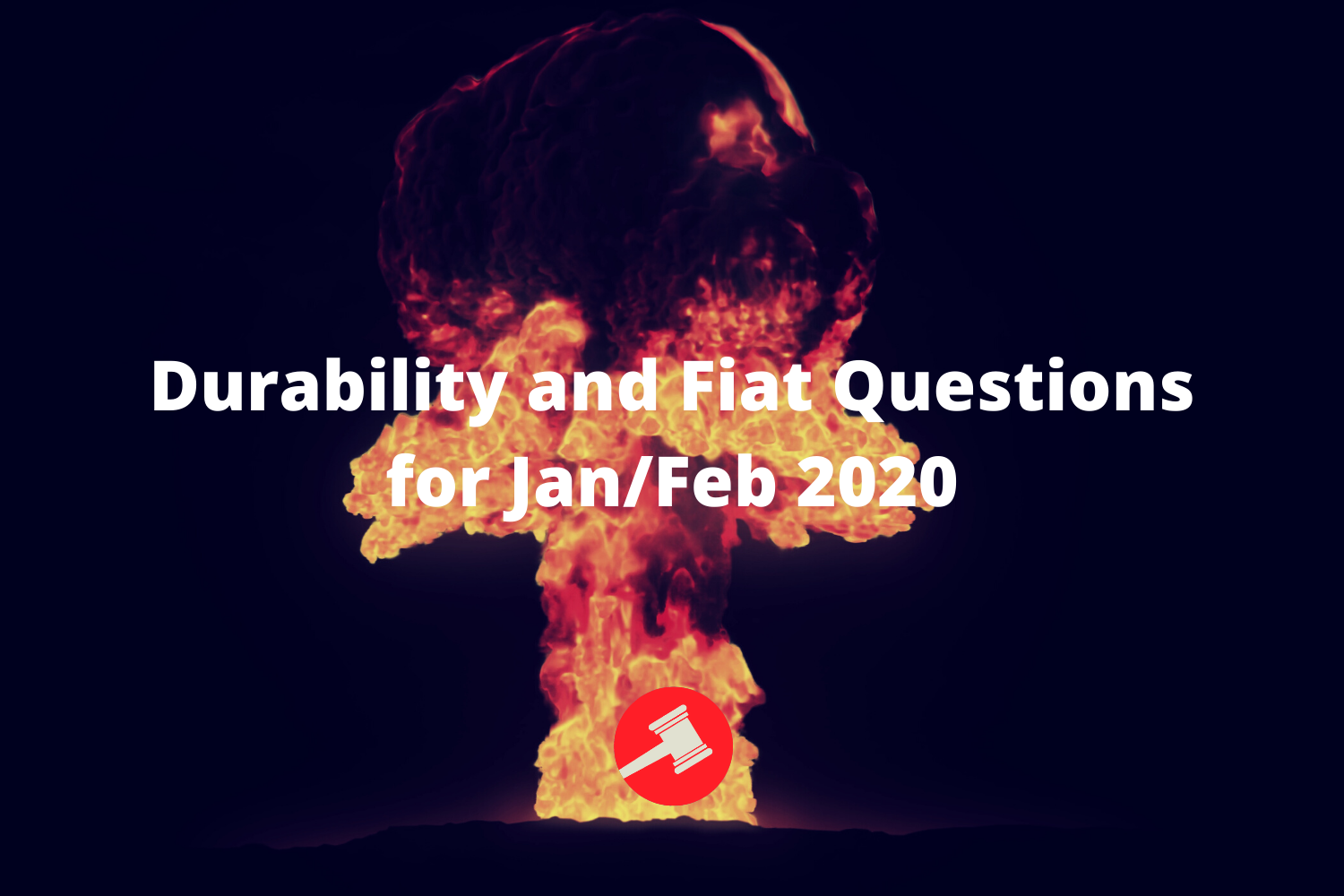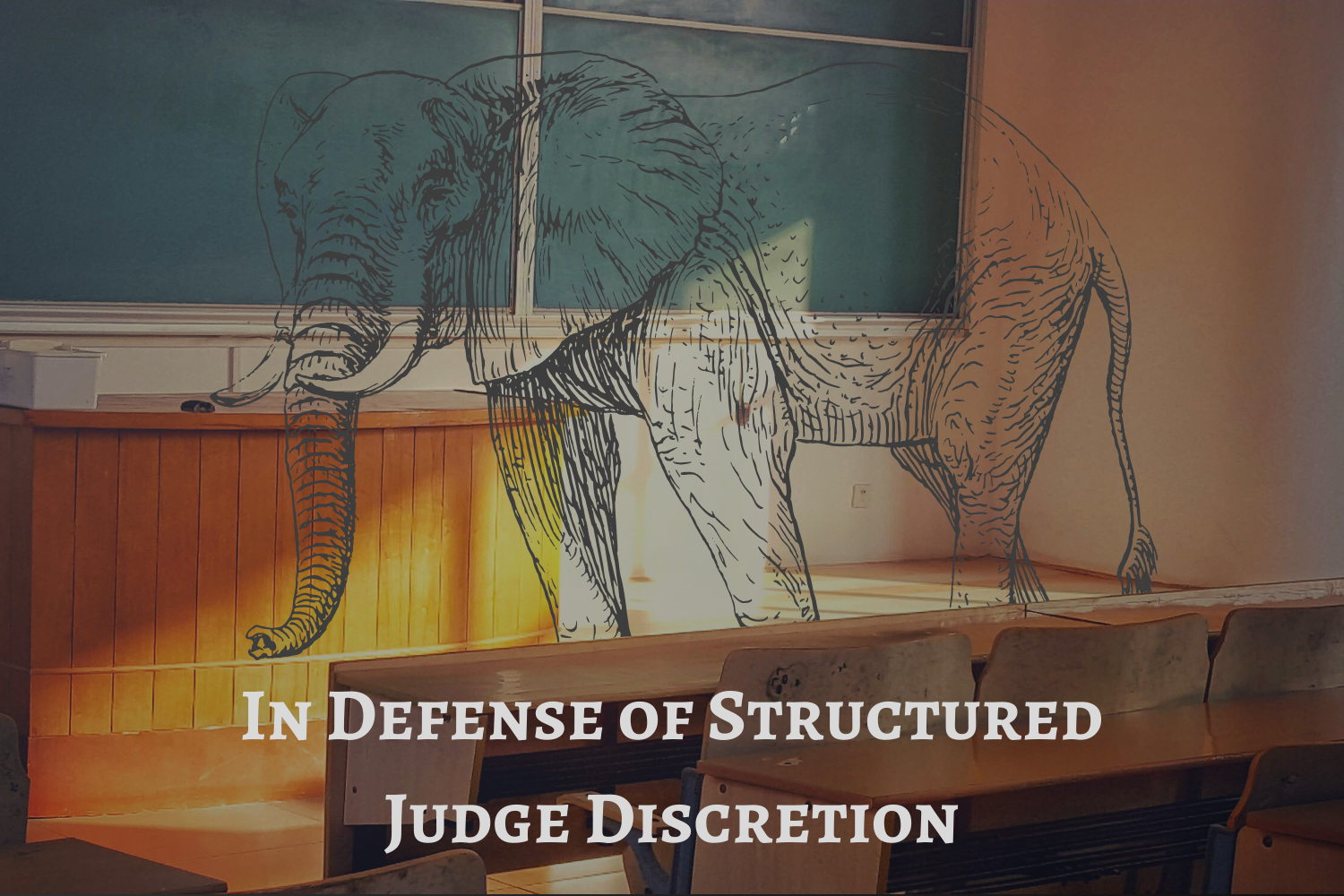Jan/Feb Affirmative Meta Analysis

Introduction
With Harvard and Berkeley just around the corner, and TOC on the nearby horizon, it’s time I dive into the affirmative meta-game for the Jan/Feb nuclear arsenals topic. This topic has an incredibly rich literature base, with potential for strong arguments rooted in policy, critical studies, as well as philosophy. Beyond just seeing which affirmatives were popular, I wanted to see which were successful, so I focused my analysis on the most successful debaters of this topic.
Methodology
I cataloged and categorized the disclosed affirmatives from all debaters who received a TOC bids at three tournaments: Lexington, Stanford, and Emory. These tournaments were selected for a combination of their recency, geographical diversity, and strength of the competition pool. Then I categorized all of the disclosed affirmatives into one of five categories.
1) Whole resolution utilitarian affirmatives, which defend the topic broadly using stock arguments such as miscalculation, proliferation, etc.
2) Plan Utilitarian affirmatives, which defend a parametrization of the resolution, but garner advantages to general policy-making and big-stick impacts.
3) Kritik-based plans, which defended an implementation of a policy, but garnered pre-fiat offense to a role-of-the ballot that usually has epistemological or ontological concerns.
4) Kritik-based affirmatives, a catch-all category of K affirmatives that don’t fall into the previous category.
5) Philosophy affirmatives, which garner offense off a contention linked to traditional philosophical theory.
Obviously, these categories are only rough descriptions, and I didn’t have in-round context, so my categorizations are by no means 100% perfect. Nonetheless, I believe my analysis comes close to representing the current meta-game on the affirmative. When full-text disclosure was not available, I attempted to find the information through round reports, contact with the student, or a third-party to identify the number and type of affirmatives.
The above steps resulted in a collection of 54 affirmatives between 28 students. I then weighted each affirmative category to represent the frequency with which a given affirmative was read. For example, a debater with two different util plans, and one K aff would end up contributing a final weight of .66 to the util plan category, and .33 to the K aff category. This is once again imprecise, but it is the best way to account for varying frequency in results.
Overview of Results

Overall, there was decent affirmative diversity among the different categories, with each one coming close to or exceeding 10% of the pool of affirmatives. Util-focused plans were by far the most popular, representing over 35% of the affirmatives read. Of these, a full 3rd (or 10% of affirmatives total) were India-Pakistan plans. Other common affirmatives included North Korea plans, as well as plans focused on the Intermediate-Range Nuclear Forces Treaty. Surprisingly, not a single debater in this group was reading an affirmative focused on virtual nuclear weapons, an affirmative that in my mind has major strategic benefits, with little to no drawbacks.
Next, the general kritik affirmatives represented about 25% of the affirmatives surveyed. These were much more diverse than the util plan affs, but common themes included settler-colonialism, anti-blackness, and feminism – all of which have interesting literature bases that connect to nuclear weapons.
The third largest group was philosophy-based affs, which had a healthier showing than I initially expected. The most common among these were various Kantian affirmatives, and many also featured extensive spikes, including permissibility, presumption and other tricks. An interesting (but hard to find) data point would be how frequently these affirmatives go for case offense, versus some form of theory or presumption in the 2AR (Yet another question where more round reports would be illuminating).
The whole resolution utilitarian affirmatives had a healthy showing, which I think is a testament to the strength of this topic. However, by definition these affirmatives are fairly broad, so there is little to comment on other than their impressive success among the top tier of circuit debate. Debaters who read these affs continue to prove that smart advantages and in-round skill can frequently be more valuable than the niche ground or so-called “surprise” factor provided by some plans.
Finally, there are the kritik affs which defended a plan text of some kind. While this group was relatively small (only 9.6%) I think they represent a smart middle-ground strategy in LD debate. By defending a policy implementation, they avoid much of the theory or criticism that might face non-topical or more abstract affirmatives. But by also focusing their offense on pre-fiat or other role of the ballot claims, they’re able to avoid being caught up in some of the hyper-specific LARP debate that plagues other policy-focused affirmatives. Similar to the other category of K affs, the two most common themes in this category were Settler Colonialism and Feminism.
Conclusion
Overall, there is an incredible affirmative diversity on this topic. To have success at the largest and most competitive tournaments of the year, you’ll need to be ready to handle almost anything an affirmative might throw at you. I think every debater should be prepared with specific answers to the most common plans (North Korea & India-Pakistan) as well as being well-versed in the most prevalent critical literature (anti-blackness, settler-colonialism, and feminism). The final statistic I’ll share is that the average debater in my survey group had 1.8 affirmatives disclosed – a number much lower than I expected, and lower than previous Jan/Feb topics. I think this shows that having one affirmative that you’re very comfortable with is generally much more valuable than having 6 or 7 niche cases, none of which you’ve thoroughly front-lined or drilled with.


